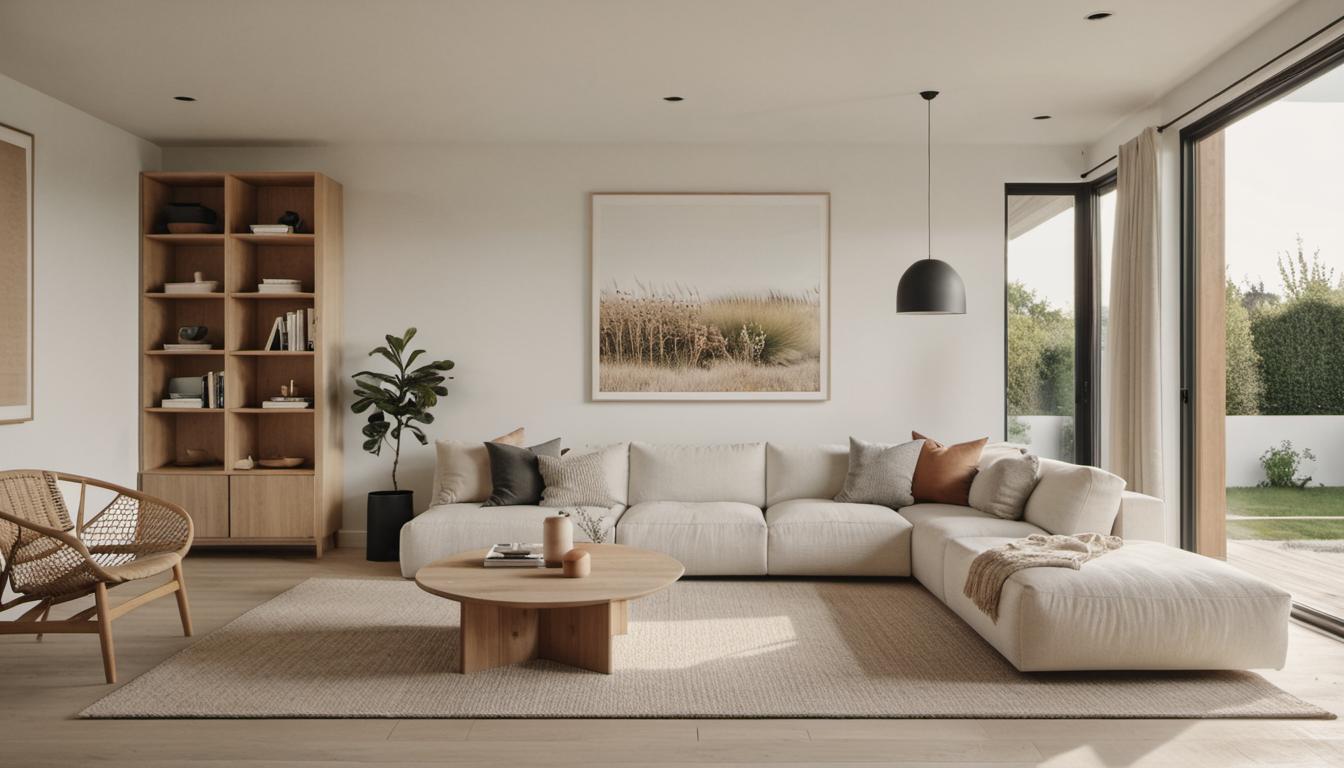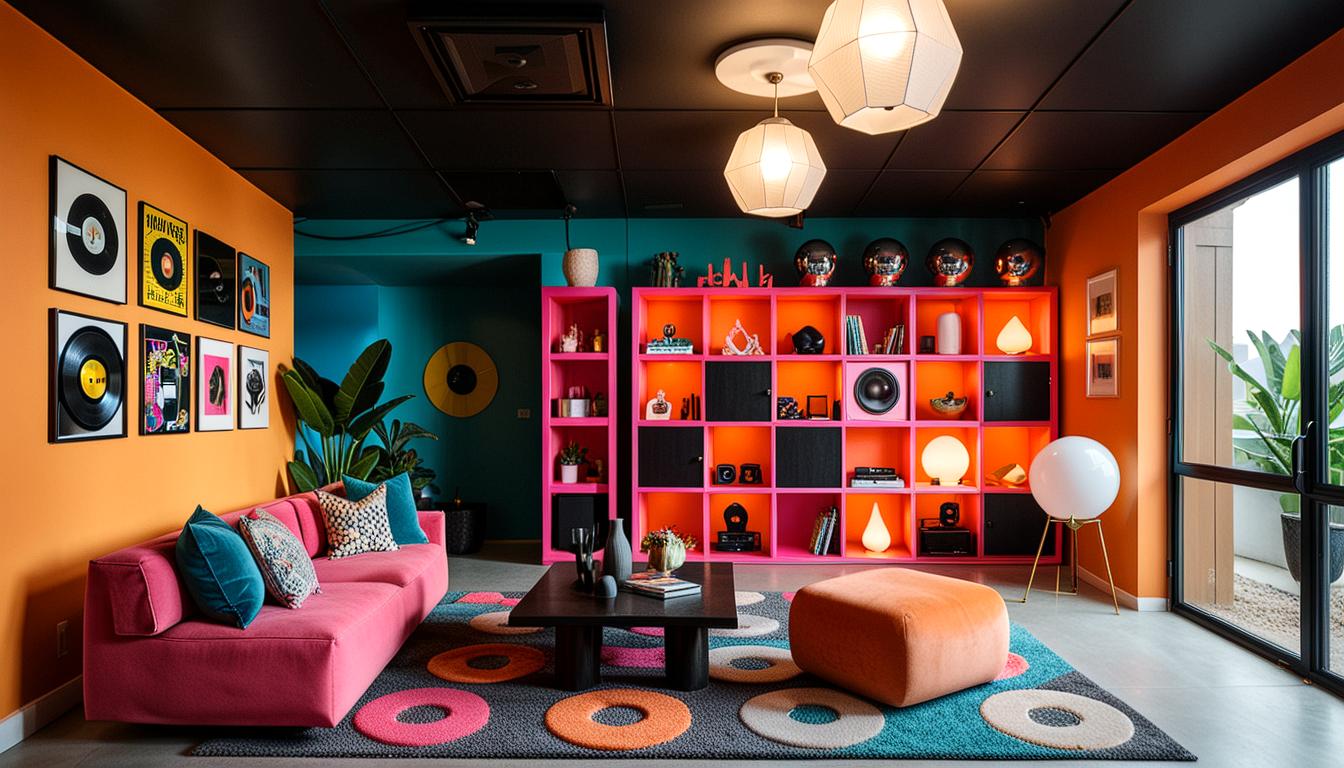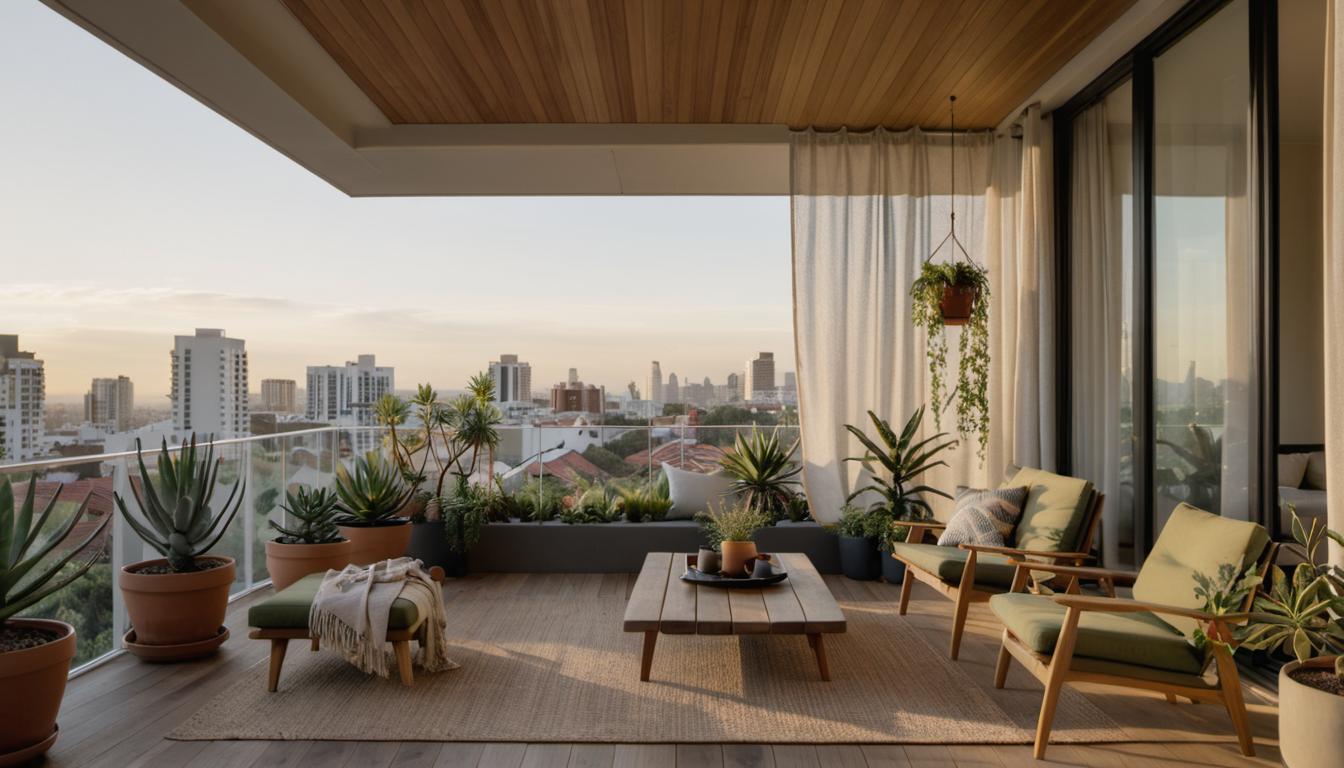Origins and Philosophy
Tracing the Genesis of Minimalist Design
- Minimalist design, with its roots nestled in the post-World War II art world, slowly gained prominence shaping today’s interior designs. Serving as an art expression, this design style incorporates a philosophy of “less is more”, seeking to simplify life through clean, precise, and uncluttered designs.
- Pivotal to its principles is the influence of Japanese Zen philosophy. It features a stripped-back aesthetic that focuses more on the essential elements rather than frivolous detail, creating a serene, simple, and harmonious environment.
- The minimalist design primarily accentuates functionality, with a strikingly sparse approach to decor, a predominance of neutral color palettes, and simplistic forms.
The Scandinavian Design Legacy
- Scandinavian design, a true epitome of functionality matched with aesthetics, traces its origins to the early-mid 20th century influenced by the iconic Bauhaus movement and Nordic traditions.
- Infused with a philosophy focused on unpretentious simplicity, accessibility and a keen focus on the ‘hygge’ – a Danish concept that symbolizes comfort and coziness- the Scandinavian design fosters a comfortable living environment.
- Key characteristics of Scandinavian design reflect the use of light colors, organic materials, an emphasis on natural light and spatial functionality, infused with a sense of understated elegance and modernism.
Analyzing The Minimalist and Scandinavian Designs
Conceptualizing Space Usage
- Both styles value the purposeful use of space, though the interpretations differ. Minimalist design seeks openness and freedom in its spatial concept whereas, Scandinavian design views space as a functional tool to facilitate daily life and provide a relaxing ambiance.
The Role of Simplicity and Possessions
- The essence of simplicity carries a different connotation in both styles. In minimalism, possessions are considered necessary evils to be minimized to the essentials, to reduce attachment and cultivate a more meaningful existence. On the contrary, Scandinavian design upholds simplicity as a result of practicality, fostering an ordinary, comfortable life with use of natural and traditional elements.
A Divergence in Materials
- The two styles vary greatly when it comes to material usage. Minimalist design is known for its love for industrial materials such as stainless steel, chrome and lacquered plastics. On the flip side, Scandinavian design stays true to natural organic materials such as hemp, wood and woven textures, marrying nature and design in a harmonious way.
Decoding the Key Elements
Pivotal Elements of Minimalist Design
- The minimalist design relies heavily on industrial materials and geometric forms, creating an open, flowing space dominated by monochrome or neutral hues. It emphasizes the function over form when it comes to furniture, employing as few elements as possible for a clean, uncluttered aesthetic.
Central Elements of Scandinavian Design
- Scandinavian design is a fine blend of organic materials and traditional craftsmanship. Encompassing everything from bright colors to nature-themed decor, multi-functional furniture to the concept of ‘Hygge’, it makes the comfort of inhabitants its prime focus. Quality workmanship is evident in every detail, creating spaces that emanate a relaxed, cozy, and natural feel.
Adopting These Designs
Blending both styles in a modern living space is not only possible but can also create stunning results. Look to incorporate minimalist layouts and decor items while including organic Scandinavian textures and elements. The result – a warm, welcoming interior that exudes elegance and functionality.
Frequently Asked Questions
What makes Scandinavian and minimalist design different?
Materials primarily distinguish both design styles. Whereas minimalist designs prefer industrial materials like stainless steel, chrome, or lacquered plastic, Scandinavian designs lean heavily on organic, natural elements such as hemp rugs, curved wooden chairs, and woven baskets.
Do minimalist and Scandinavian design philosophies contrast?
Indeed, they do. While minimalism focuses on reducing attachment by minimizing possessions, Scandinavian design emphasizes practicality and centers around creating a comfortable, everyday life atmosphere with the help of natural and traditional elements coupled with simplistic forms.
What characterizes Scandinavian design?
Scandinavian design can be recognized by its prominent use of contrast, multi-functionality, nature-inspired elements, ‘Hygge’ (a Danish term for coziness), modern design, quality craftsmanship, and bold colors alongside prints.
Where do minimalist and Scandinavian designs stem from?
Minimalist design finds its roots in the post-World War II art world, subsequently getting influenced by Japanese architecture and Zen philosophy. Scandinavian design originated in the mid 20th century, drawing elements from the Bauhaus movement with an eye towards functionality, modernism, and affordability for the common folk.
Can a design be both minimalist and Scandinavian
Indeed, a design can embody both minimalist and Scandinavian elements. Despite their unique characteristics, both these design philosophies champion the efficient utilization of space while endorsing simplicity and functionality.






